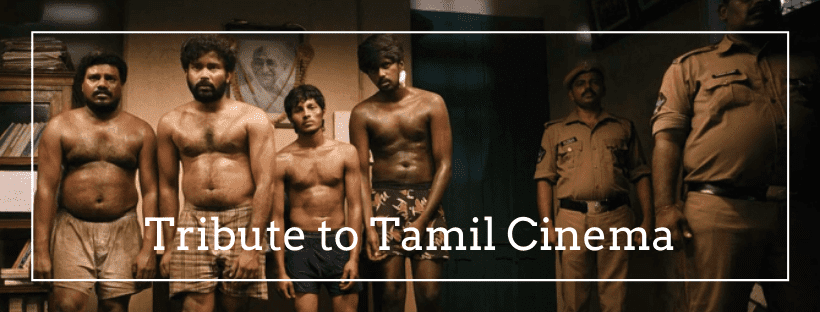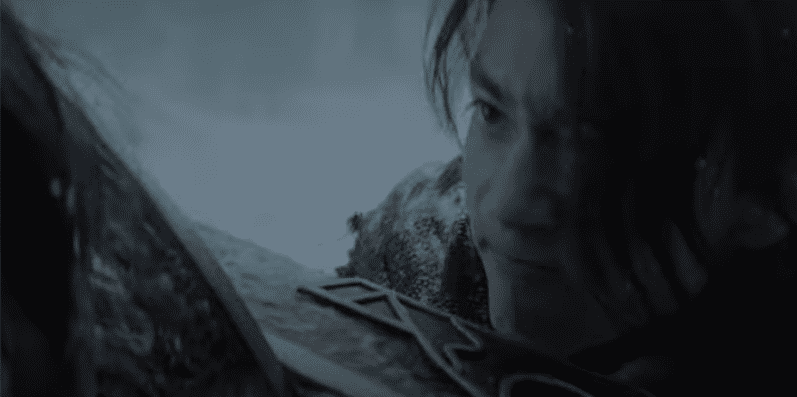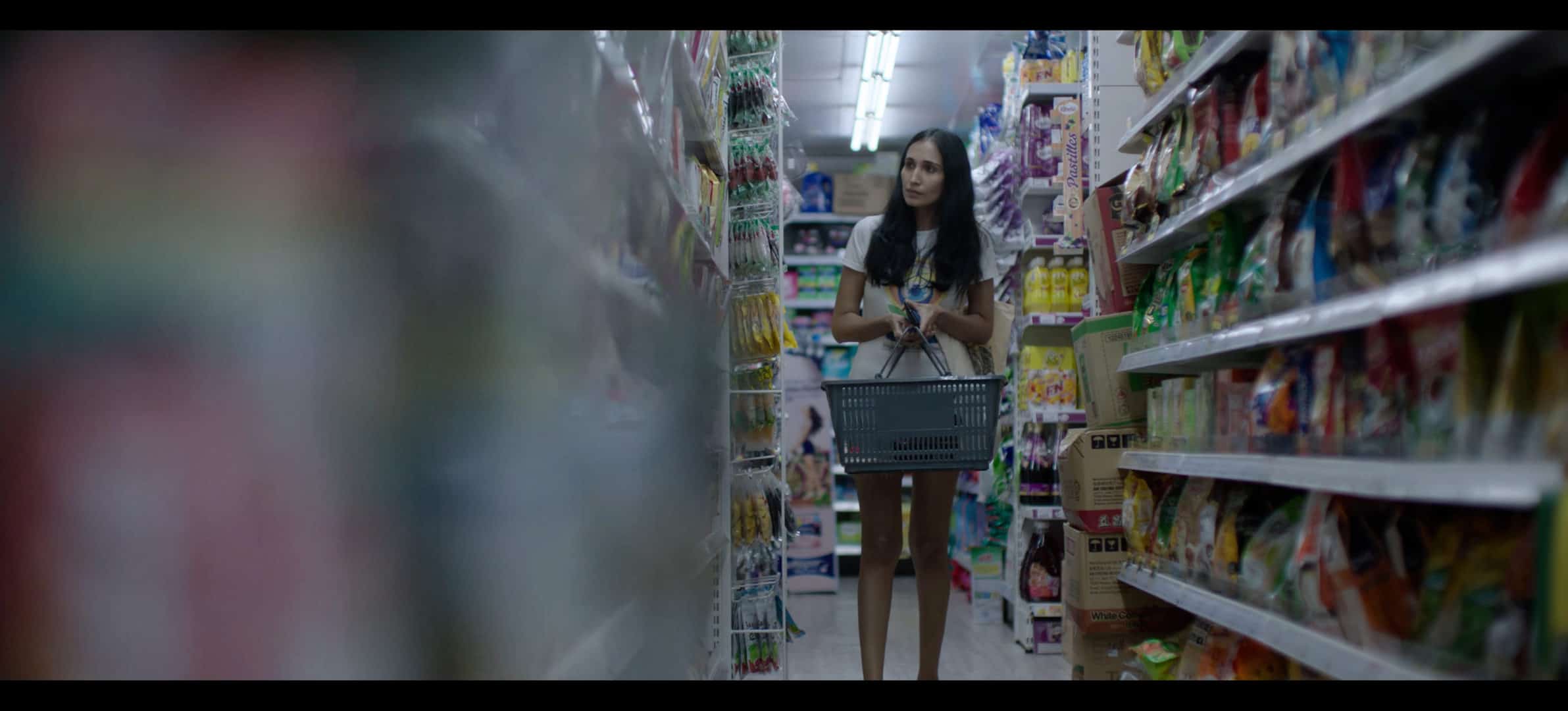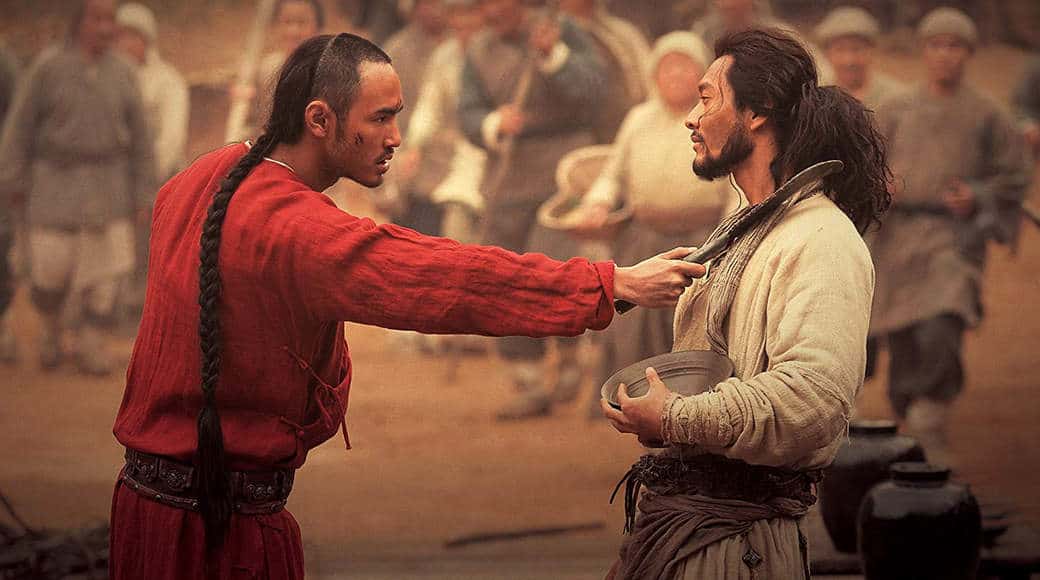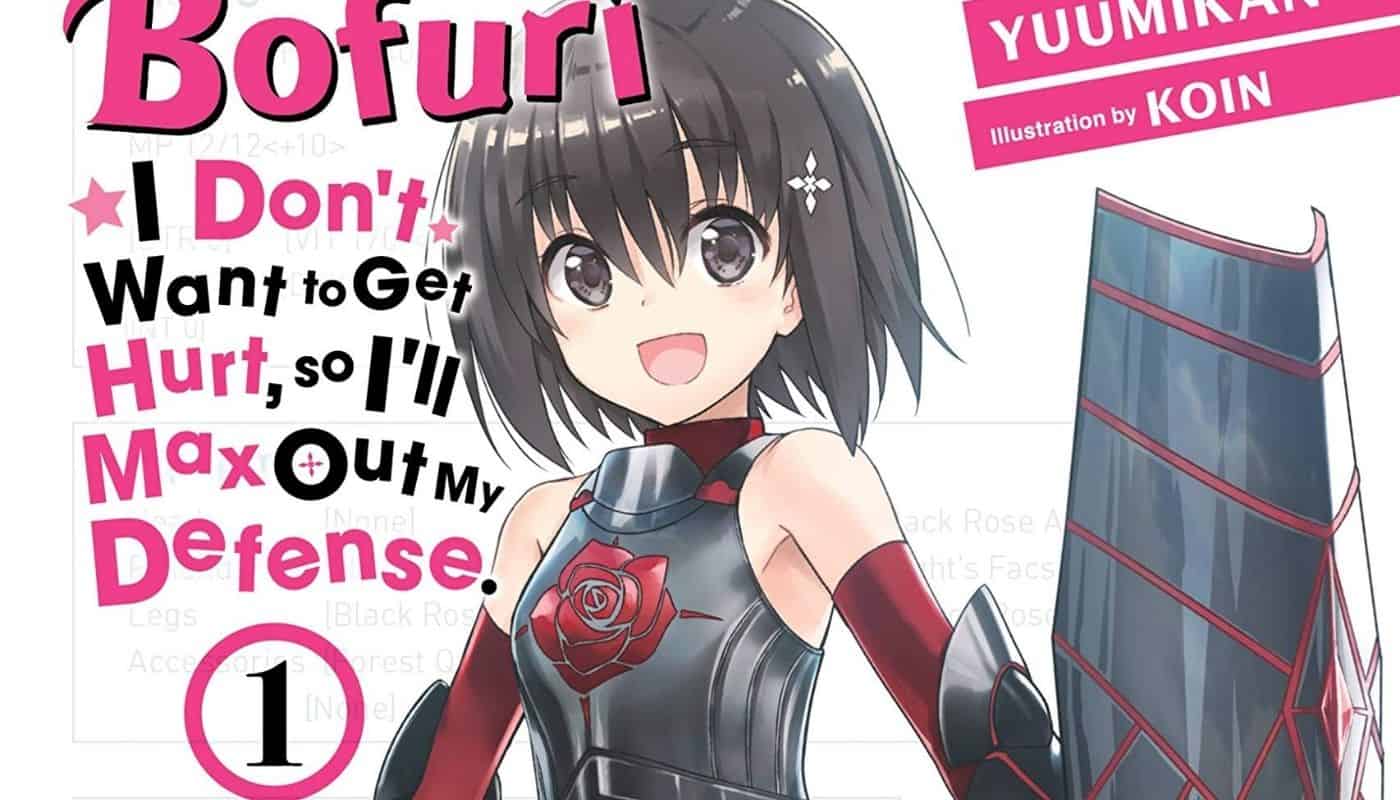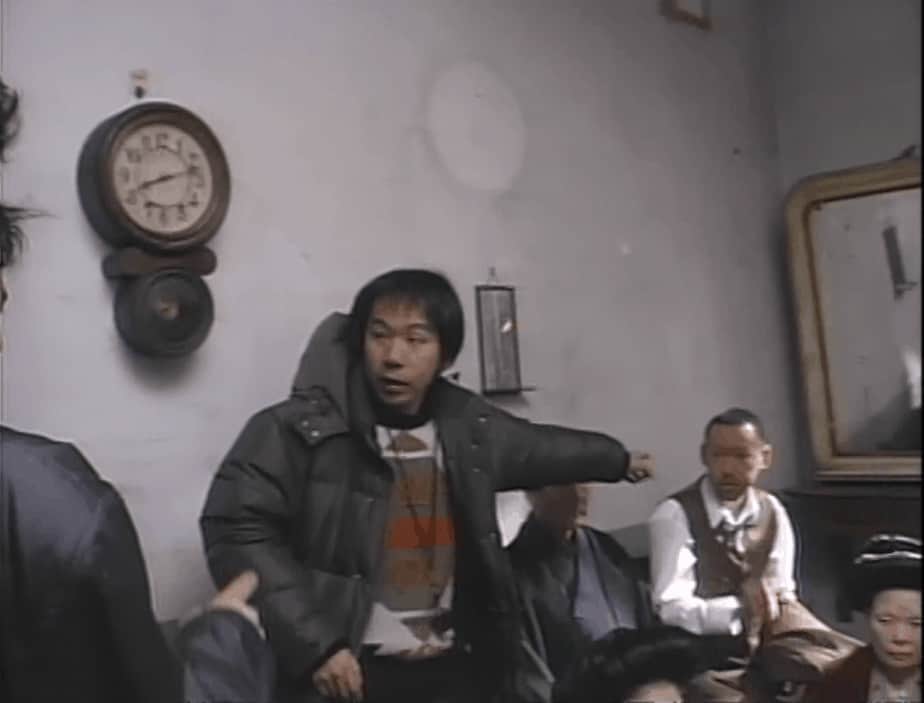Inspired loosely by the historical decline of the Tamil Chola dynasty and the rise of the Tamil Pandya dynasty, “Aayinathi Oruvan” is another epic classic coming out of the Tamil movie industry, which faced, though, a lot of issues before reaching the light of day. Among the many problems, including the leaving of a number of key members of the initial cast and crew, with the drama continued even after the ending of the shooting, with Rambo Rajkumar, the film's stunt director, dying. Nevertheless, the result was exceptional, with Selvaraghavan's insistence to finish the movie no matter what, eventually paying off. The review is on the uncut 180 minute version.
In 1279 A.D., the downfall of the Chola dynasty seems imminent as the Pandyas drive the Chola people out of their kingdom in southern India. To escape them and save the life of his successor, the Chola emperor sends his son, his Royal Advisor and the remaining Chola people to a secret territory. The refugees take along an idol sacred to the Pandyas, angering them. To capture the escaped Cholas and the stolen idol, the Pandyas extend their invasion to unexplored territories but cannot find them. Centuries later, in 2008, Indian archaeologists continue searching for the existence of the lost Chola group based on clues left by the ancient Pandyan warriors. All archaeologists who attempted to search for the secret land have disappeared. Archaeologist Chandramouli is the most recent person to have gone missing suddenly.The Indian government organizes a search expedition led by the cruel and arrogant officer Anitha to find Chandramouli and the Chola empire; she is assisted by the Indian army led by Ravisekharan. They recruit the aloof and quiet archaeologist Lavanya, the estranged daughter of Chandramouli, because her insight is essential for the success of the expedition. She hands over crucial documents on the Chola dynasty, prepared by her father, with instructions on the route to reach the destination. Along with the army, Anitha employs a group of porters headed by Muthu, who she and the army continually ill-treat and see as inferior, to transport the baggage during the journey. The crew embark on their voyage leading them to an island, Min-gua, near Vietnam.
These events conclude the first part. The second part deals with the crew trying to overcome the 7 major obstacles the Chola have left in order to prevent people from reaching their territory, while the third part begins after some members of the group manage to reach their goal.
The first part deals mostly with introducing the characters and establishing the dynamics between them. Muthu, the chief coolie, emerges as a rather cheeky man, who is willing to lie his way into the hearts of both Anitha and Lavanya, but also a leader who cares deeply for his men. The way all the people who hire them, but mostly Lavanya and Ravisekharan exploit them any way possible, with a distinct disregard for their lives, sets up a recurring theme in the movie, that could also be perceived as comment about the exploitation of the Dalit by the higher castes. The killing of scores of indigenous people upon their arrival in Vietnam, is yet another motif set in the movie, with the particular one being obviously inspired by the treatment the Indians received from the colonists in America.
The second part, although equally action-heavy, also deals with the dynamics between the three protagonists, and particularly its changing after they are separated from the rest of the group. The romance that blooms here and the fact that the “third wheel” emerges as rather antagonistic, is one of the most amusing parts of the movie. At the same time, the traps the crew have to face and the way they overcome them are particularly impressive, and occasionally quite brutal, with the one with the shadow emerging as the most memorable..At the same time, the humor that is found aplenty in the first two parts finds a number of its apogees here, even if in slapstick fashion, with the eating of the camel emerging as rather hilarious, as much as the “trio” that is shaped.
The third part moves into a territory that could be described as exploitative, as it is the most action-oriented one, while also including some moments of sleaziness particularly involving Anitha, with Reema Sen being impressive in her transformation to a true femme fatale, and even a tyrant.. The arena scene and the final war are probably the most impressive and most violent scenes in the movie, but also highlight a series of changes in the behavior of the main characters, which works quite well for the narrative. Karthi as Muthu truly shines in this part, although his performance is impressive throughout. Andrea Jeremiah is also quite good, showcasing her impressive looks, and in a role that has her frequently being a victim and the object of scorn for her eccentric behavior. Lastly, a comment about the “who are the barbarians”, which can also be perceived as a metaphor for any kind of colonialists but particularly the British, adds even more depth to the narrative.
The true highlight of the movie however, are its action scenes, with the combination of Ramji's cinematography, Kola Bhaskar's editing, G.V. Prakash Kumar's music, the stunts and action choreography, and the overall job done in the SFX resulting in a series of truly memorable scenes that do have anything to be jealous of similar Hollywood blockbusters. The fast forward moments could be less, but they are essentially unimportant in front of the overall extravaganza found here. Furthermore, the number of action scenes is equally impressive, showcasing the level of work Selvaraghan and his crew put into them, which is essentially, what makes the film retain interest from beginning to end, despite its rather long duration. The music video scenes are not missing once more, and truth be told, a number of them are completely unnecessary, but as a vehicle for Reema Sen to impress in yet another way, work quite well. Lastly, the rather fast pace works quite well for the overall aesthetics.
Evidently, each part will probably appeal to different audiences based on its basic elements, but as a whole, “Aayirathil Oruvan” is a truly great action adventure movie, and one of those that definitely deserves to be watched on the big screen.




